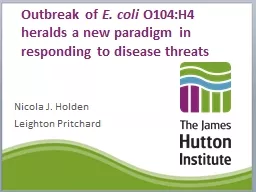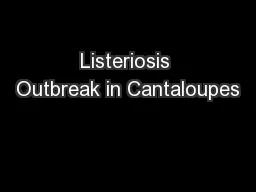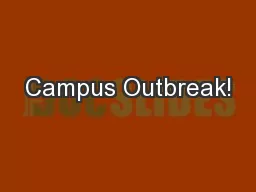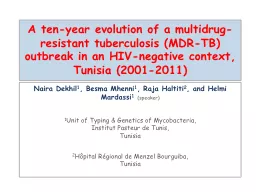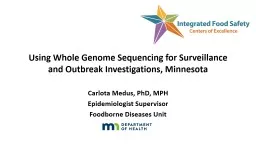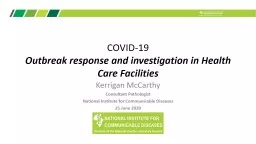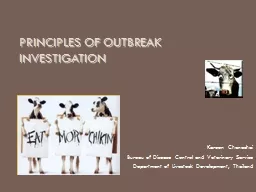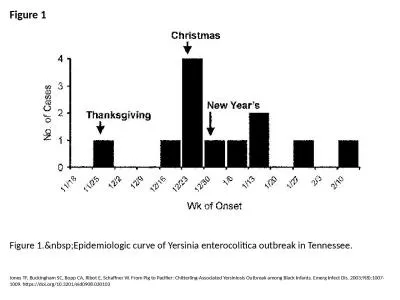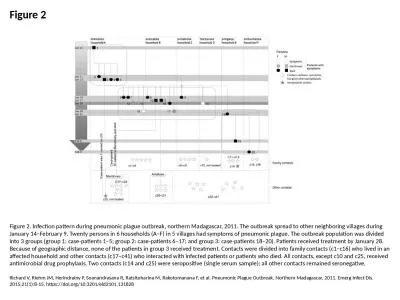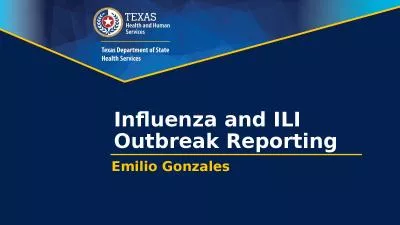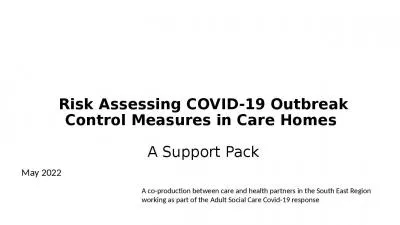PPT-Outbreak of
Author : alexa-scheidler | Published Date : 2016-12-02
E coli O104H4 heralds a new paradigm in responding to disease threats Nicola J Holden Leighton Pritchard EHEC O104H4 outbreak Europe 2011 Unprecedented scale of
Presentation Embed Code
Download Presentation
Download Presentation The PPT/PDF document "Outbreak of" is the property of its rightful owner. Permission is granted to download and print the materials on this website for personal, non-commercial use only, and to display it on your personal computer provided you do not modify the materials and that you retain all copyright notices contained in the materials. By downloading content from our website, you accept the terms of this agreement.
Outbreak of: Transcript
Download Rules Of Document
"Outbreak of"The content belongs to its owner. You may download and print it for personal use, without modification, and keep all copyright notices. By downloading, you agree to these terms.
Related Documents

